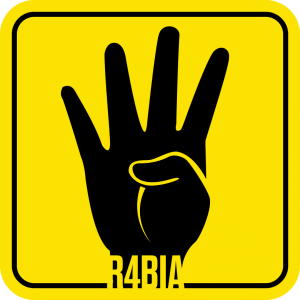First, let me say I was wrong. I did not think there would be an Iran around this time.
[size=18]Iran 'reaches key nuclear goal'[/size]Iran has met a key target for its nuclear programme and now has 3,000 centrifuges enriching uranium, President Mahmoud Ahmadinejad has said.
Mr Ahmadinejad said Iran would continue its drive in spite of UN sanctions.
Enriched uranium can be used for power stations but also for nuclear bombs. The West has accused Iran of trying to develop weapons - a charge Iran denies.
A BBC correspondent says there is some scepticism about Iran's claim, with the UN believing it is short of the 3,000.
[b]IAEA plan[/b]
"We have more than 3,000 centrifuges working and every week a new set is installed," Mr Ahmadinejad was quoted as saying by Iranian news agencies.
"[The world powers] were thinking that with each resolution the Iranian nation would retreat. But after each resolution the Iranian nation presented another nuclear achievement."
The installation of 3,000 centrifuges is seen by Iran as a key medium-term goal - which it had hoped to reach by March this year - for its nuclear programme.
[b]There has been no independent verification of Iran's claim.[/b]
The UN has already imposed two sets of sanctions and the US is leading the call for a third set if Iran's uranium enrichment does not halt.
Only last week the International Atomic Energy Agency (IAEA) said it had agreed a plan with Iran to clear up key questions about its past nuclear activities, calling it a "significant step forward".
The IAEA has said 3,000 centrifuges would represent a point of no-return for an industrial-scale production of enriched uranium.
But it also suggested last week that Iran had 1,968 operational centrifuges - significantly short of the breakthrough President Ahmadinejad has now announced.
The BBC's Jon Leyne in Tehran says on the one hand Iran seems to be trying to defuse the situation in talks but, on the other, the president is saying Tehran has now mastered uranium enrichment and the issue should be set aside.
The US and UN are not going to accept that, our correspondent says.
A number of Western diplomats have criticised the IAEA's plan, accusing Iran of trying to delay the imposition of further UN sanctions while increasing its nuclear capabilities.
US President George W Bush also recently stepped up the pressure with a new warning that Iran's nuclear programme put the region under the shadow of a nuclear holocaust.
Key meetings of the UN and IAEA on the Iranian issue are scheduled over the coming weeks.
A recent International Institute for Strategic Studies report said if Iran could operate 3,000 centrifuges smoothly, one bomb could be produced within nine to 11 months.
[url=http://news.bbc.co.uk/1/hi/world/middle_east/6974903.stm]BBC News[/url]


This is a slap in the face of the evil President George Bush
Ayatollah rightly named America as "Great Satan".
www.presstv.ir
New York Times has a special sections on Iran and religion.
http://www.nytimes.com/2007/09/03/world/middleeast/03iran.html
Iran does not fear US.
Unlike some Arab leaders, Iran refuses to submit to Satan.
Iran, like Jesus, always defies the Devil.
[b]There is a special picture of Satan printed in the US paper. see the link above[/b]
Ayatollah rightly named America as "Great Satan".
www.presstv.ir